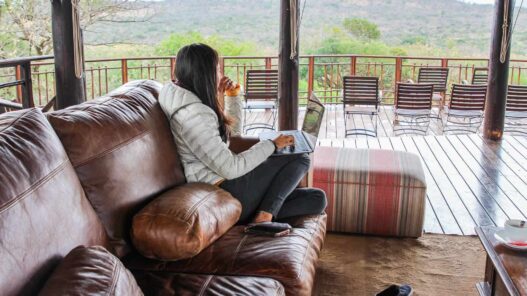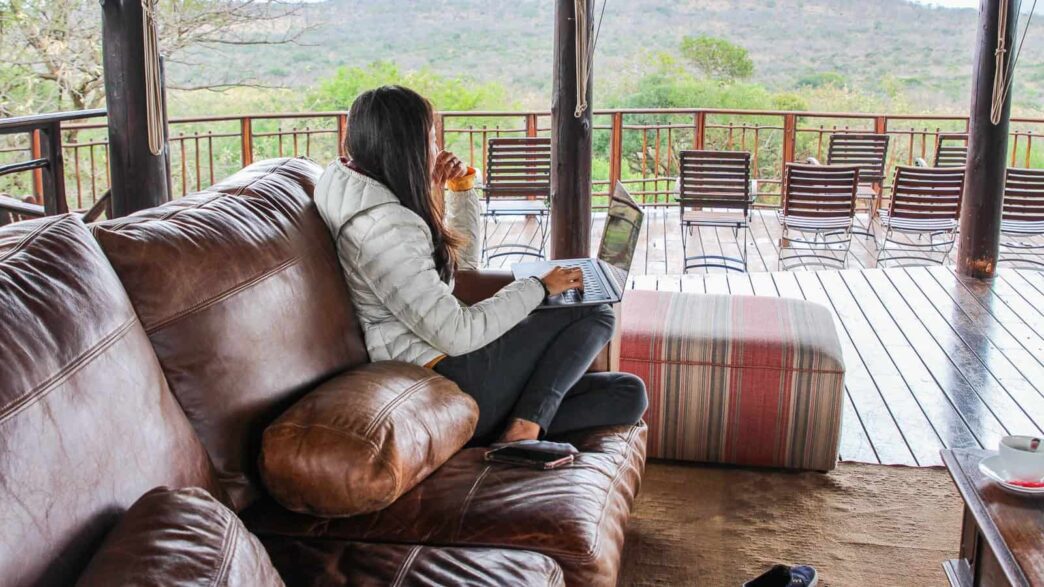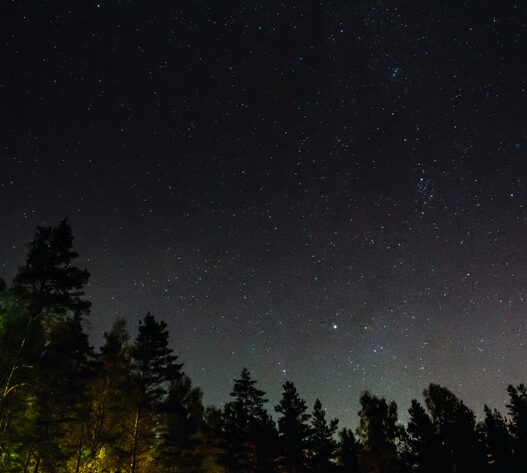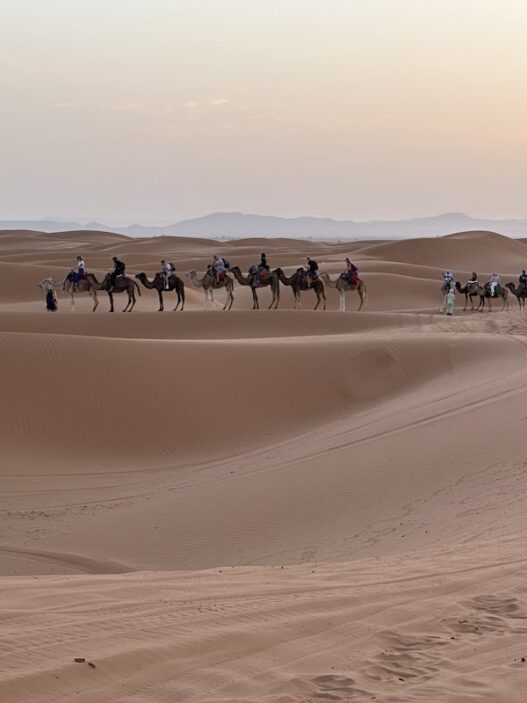I used to be that traveller who wanted to see everything.
My trips were packed with back-to-back flights, bucket-list stops, and photo ops squeezed between airport transfers. It looked great on Instagram, but somewhere between connecting flights and sunrise alarms, I realised I was travelling fast but feeling nothing.
Then came my first real taste of slow travel, 5 months in Bali.
I spent my mornings sipping coffee at the same warung where locals chatted over nasi campur, and my afternoons getting lost among the rice terraces. Without rushing to the next “must-see” spot, I started noticing the things I'd always missed: the rhythm of daily life, the soft evening chants from nearby temples, the way the air smelled after rain. It wasn't just about seeing a destination — it was about living in it, even for a little while.
Slow travel is about trading checklists for connection. It means choosing fewer destinations and staying longer. You might spend a week in 1 coastal town instead of crossing 3 countries, but you'll come home with stories that feel infinitely richer.
If you've ever felt burnt out from constant motion or like your travels blur together, this guide will show you how to travel slow – to immerse, connect, and rediscover what it really means to see the world.
And if you're planning longer stays, one simple hack that changed my experience completely was using eSIMs. Here are some of the best eSIMs for long stays around the world:
Best eSIM for The USA Best eSIM for Japan Best eSIM for New Zealand Best eSIM for Vietnam Best eSIM for Australia
Rethink the Meaning of “Seeing the World”
Central Otago
For the longest time, I thought seeing the world meant collecting passport stamps – the more countries, the better. But over the years, I've realised that travel isn't about how many places you've been. It's about how deeply you experience each one.
Slow travel challenges that “quantity over quality” mindset. It's the difference between racing through five European cities in a week versus spending 2 weeks in one and truly getting to know it. The first fills your itinerary, but the second fills your memory.
I remember my time in Lisbon. I'd planned to stay 3 days — just long enough to tick off the viewpoints and pasteis de nata spots.
But something made me extend my stay.
By the end of 2 weeks, I had a favourite bakery where the owner knew my order by heart, a park bench that caught the best sunset light, and a running route that took me past locals doing tai chi. That experience taught me more about Portugal than any whirlwind Euro trip ever could.
Go Deeper, Stay Longer
Koh Tao, Thailand
If you want to embrace slow travel, start by slowing down your itinerary. Instead of rushing through five destinations in 10 days, pick one or two places to call “home” for a while. You'll not only save energy and money, but you'll also unlock a different kind of connection — one that only comes with familiarity.
Take Koh Tao, for instance. Instead of just roaming around Bangkok, spend a few weeks on an island, and you'll start building a rhythm: morning walks to the same market, evenings chatting with street food vendors, weekends exploring temples at your own pace. Locals begin to recognise you, and conversations shift from “Where are you from?” to “How long are you staying?” That's when you know you've stopped being a tourist – you've become part of the daily flow.
That's the essence of slow travel: fewer pins on a map, but deeper footprints in each place you go.
Disconnect To Reconnect
Short hike in Koh Phangan, Thailand
The magic of slow travel often begins the moment you put your phone away. These days, we're so used to checking maps, replying to messages, or capturing every second for Instagram that we forget what it's like to just be in a place.
Try giving yourself small digital breaks throughout the day — no screen, no scroll, no plan. Go for a morning walk without headphones. Wander down a street just because it looks interesting. Ask for directions instead of opening Google Maps. You'll be surprised how much more present and connected you feel when your attention isn't split between a view and a screen.
During my time in Koh Phangan, I started taking “offline mornings.” I'd leave my phone in the room, get a smoothie from a corner stall, and sit quietly by the moat as the city woke up. Those slow hours, where I had no notifications and no plans, became my daily wellness ritual — a small act of self-care that grounded me more than any spa treatment could.
If you're craving something deeper, consider adding a floating retreat or a wellness retreat to your journey. These retreats are designed to help you disconnect from digital noise and reconnect with yourself — through breathwork, journaling, or simply floating weightlessly in silence. It's a reminder that wellness isn't always about luxury; sometimes it's just about stillness.
The goal isn't to abandon technology altogether, but to use it intentionally. Keep it for what truly enhances your trip – staying safe, inspired, or connected to loved ones – and let the rest fall away. When you do, travel starts to feel lighter, calmer, and infinitely more meaningful.
Be Practical On Hotel Choices
Rooftop pool in Artyzen, Singapore!
Where you stay can completely shape how you experience a place. It's not just about convenience or price — your accommodation often sets the pace of your trip.
Instead of defaulting to chain hotels, look for locally owned guesthouses, eco-lodges, or boutique stays that reflect the community you're in. These places often have stories woven into their walls — and the owners are usually the best guides to local life.
When I was in Antigua, Guatemala, I stayed in a tiny colonial guesthouse run by a family who made homemade tamales every Sunday. Every evening, we'd gather in the courtyard and talk about everything from Mayan culture to how the volcano looked different depending on the weather. Those are the kinds of memories no five-star resort can replicate.
Many eco-accommodations now embrace the idea of slowing down – no endless screens, just shared meals, morning coffee with mountain views, and the sound of rain replacing your phone's playlist.
When I stayed in a treehouse in Costa Rica, I fell asleep to jungle sounds and woke up to monkeys tapping on the roof. It reminded me how natural silence can be healing.
If you're dreaming of places that make you feel something — not just sleep somewhere — you might love exploring these guides next:
Unique Stays in the USA Best Hotels in Andrés, Colombia Exquisite Hotels in Orlando Where to Stay in Holbox, Mexico
Naturally, it all comes down to balance. Technology can also be used for a many purposes such as keeping in touch with loved ones or relaxing with a game of online roulette while traveling by train as long as it doesn't take you away from the beauty of the actual world.
Respect The Local Way Of Life
Catching these beautiful cherry blossoms in Sapporo, Hokkaido
One of the quiet joys of slow travel is the chance to live like a local, even if it's just for a few weeks. It's not about pretending to belong — it's about being curious enough to learn.
Start your mornings the local way.
In New Zealand, that might mean grabbing a flat white from a family-run café and chatting with the barista about the surf forecast. In Japan during spring, it could be joining the locals in a neighbourhood park for hanami — sitting under blooming cherry trees with a bento box, soaking in the fleeting beauty of sakura season.
Skip the big chains and spend time where everyday life unfolds – the markets, food stalls, and corner shops. Buy your fruit from the same vendor each morning. Walk around the local fish market in Tamarindo, where fishermen haul in the day's catch just before sunrise.
Over time, faces become familiar. You start to exchange small smiles, then stories. These tiny, genuine connections are the heart of slow travel.
If you have more time, find ways to give back — volunteer at a community garden, join a local beach clean-up, or take a language class. These aren't just activities; they're bridges. They help you understand the humour, the patience, and sometimes even the frustrations that make up daily life in a place. No guidebook can teach that.
Think And Observe Carefully
Slow travel isn't just about where you go, but how deeply you notice it. Keep a travel journal or notes app handy and write down the small, vivid details — the smell of roasted coffee drifting through the streets at sunrise, the chatter of schoolchildren on their way home, or the way the sea breeze carries salt into your hair.
Writing slows you down. It keeps you present and lets you relive the moments long after you've left. Instead of rushing from one attraction to the next, journaling teaches you to see — really see — the world around you.
Slow travel isn't about resisting movement; it's about redefining it. It's choosing depth over distance, connection over checklists.
Whether you're road-tripping through Costa Rica, chasing cherry blossoms in Japan, or watching golden sunsets fade into the waves of Tamarindo, travelling slowly lets you experience places instead of just passing through them.
Take your time. Eat where the locals eat. Walk instead of rush. Write instead of scroll. Because the more slowly you move, the more the world opens up – not just around you, but within you.


















